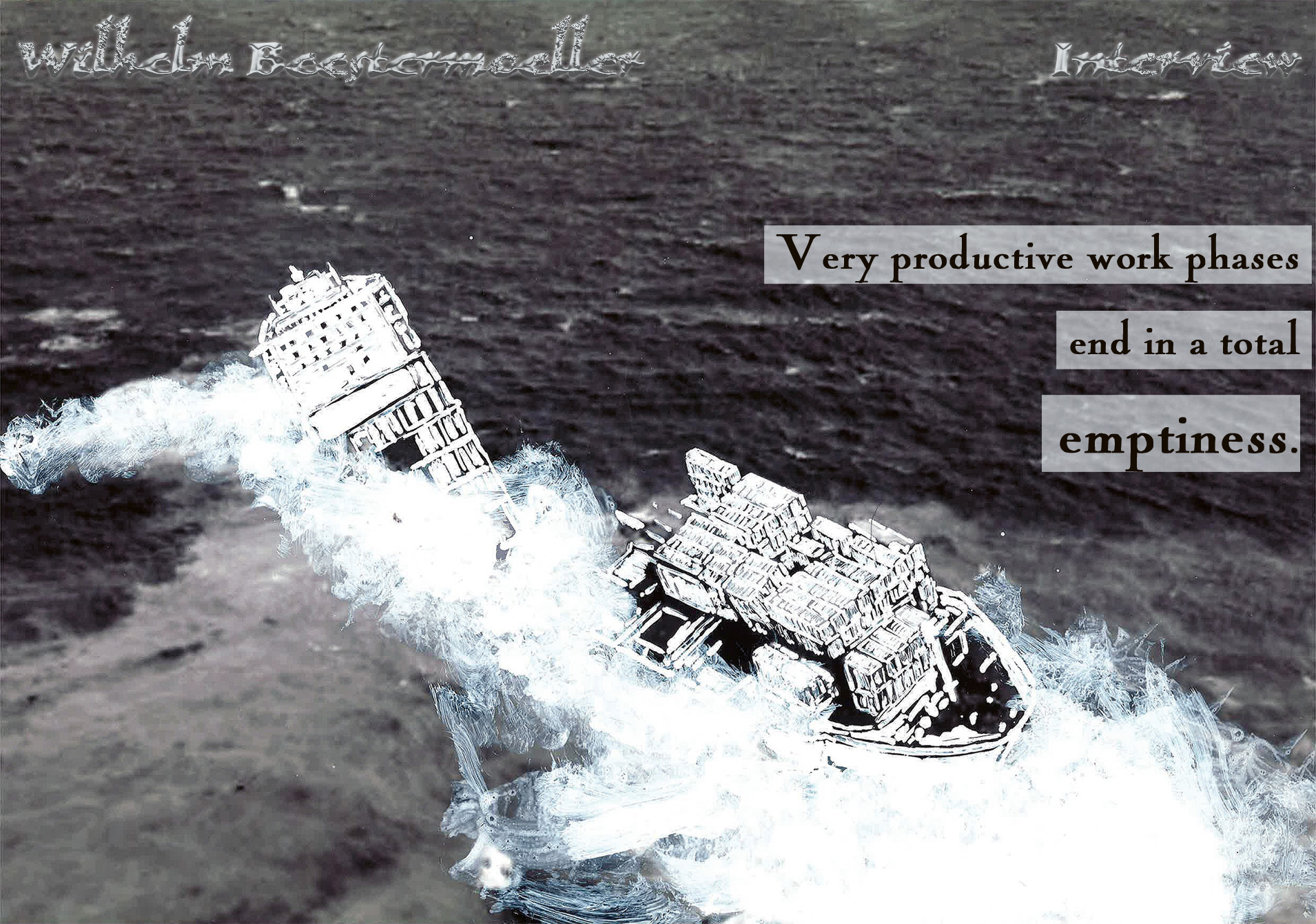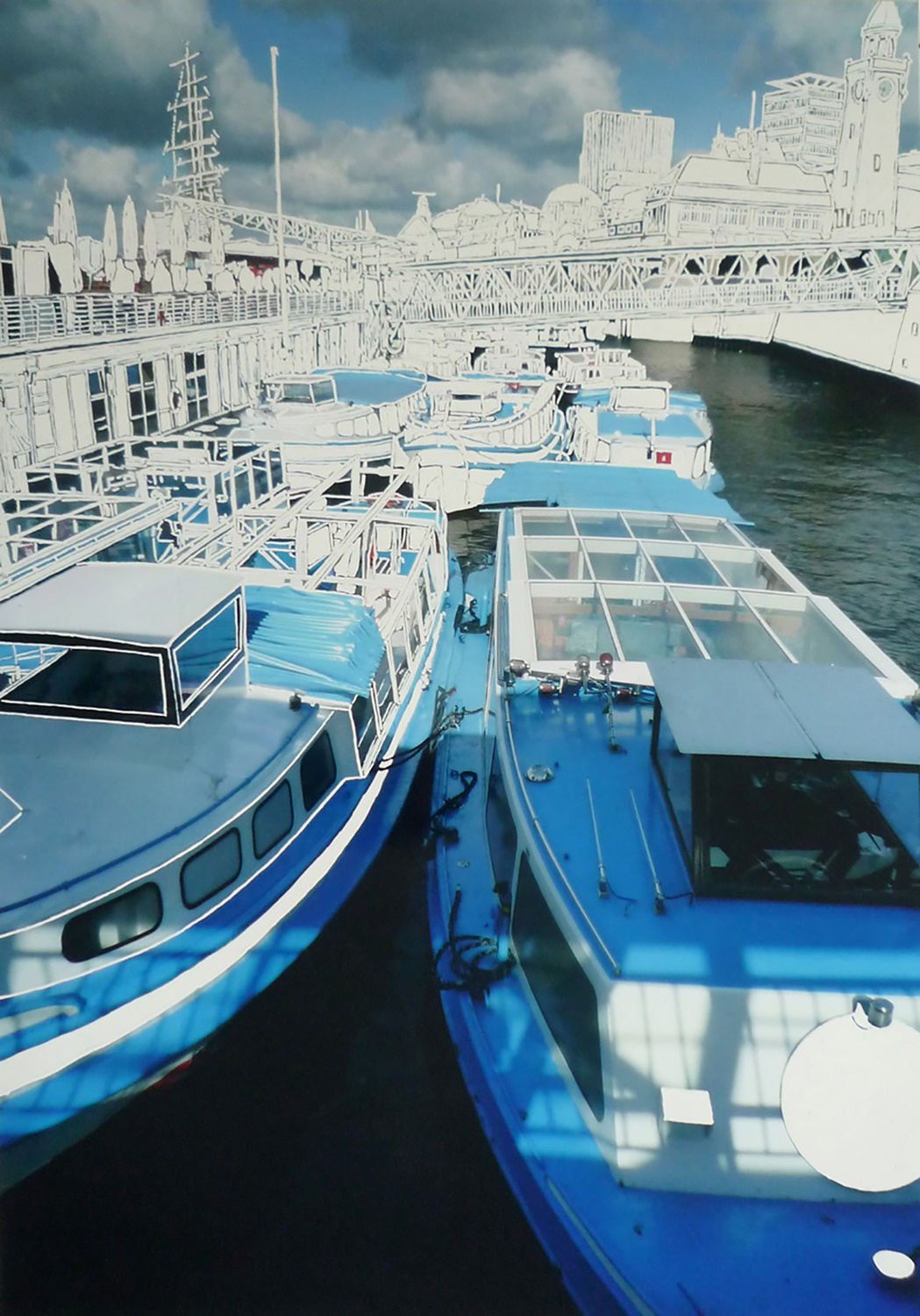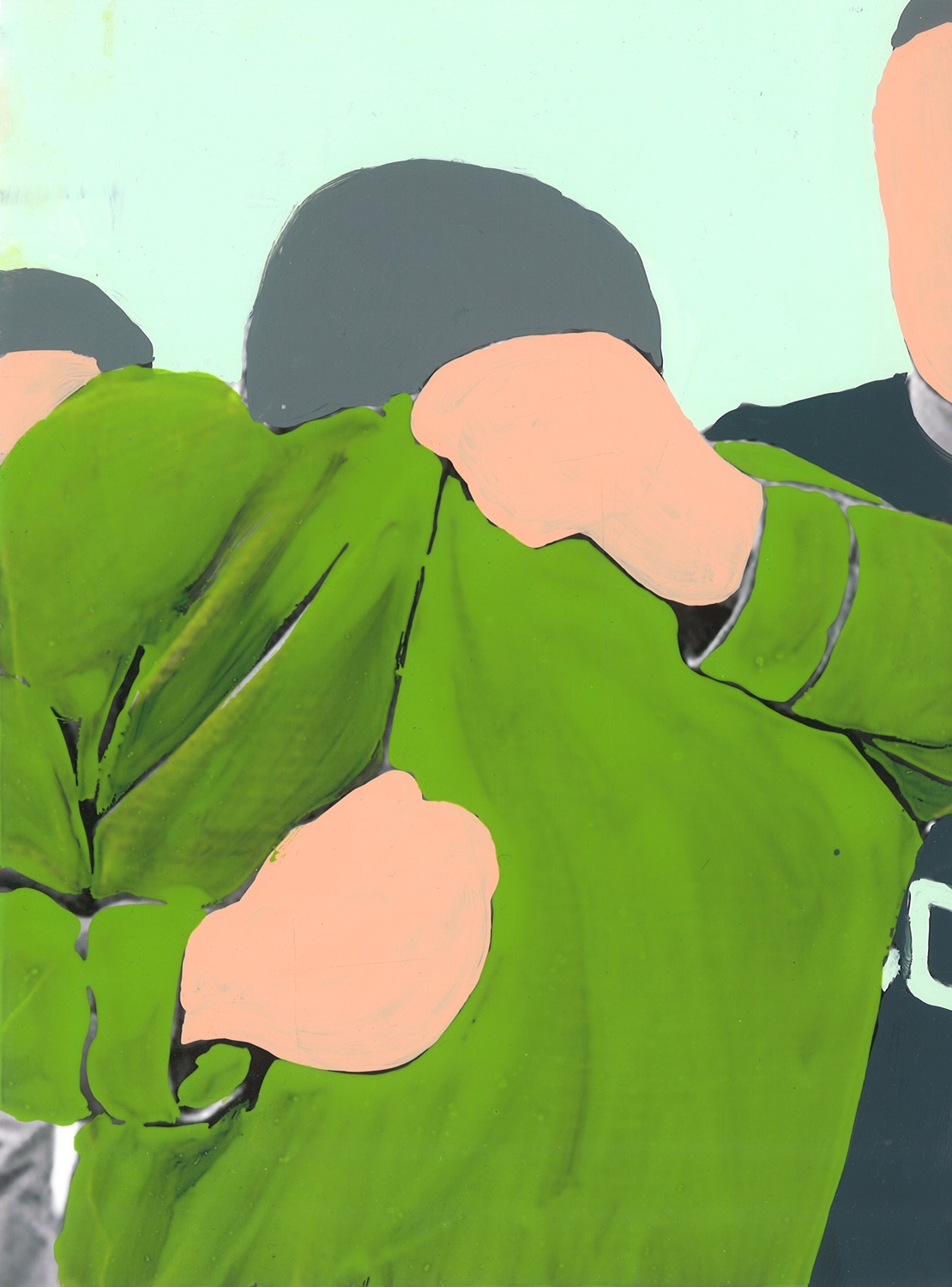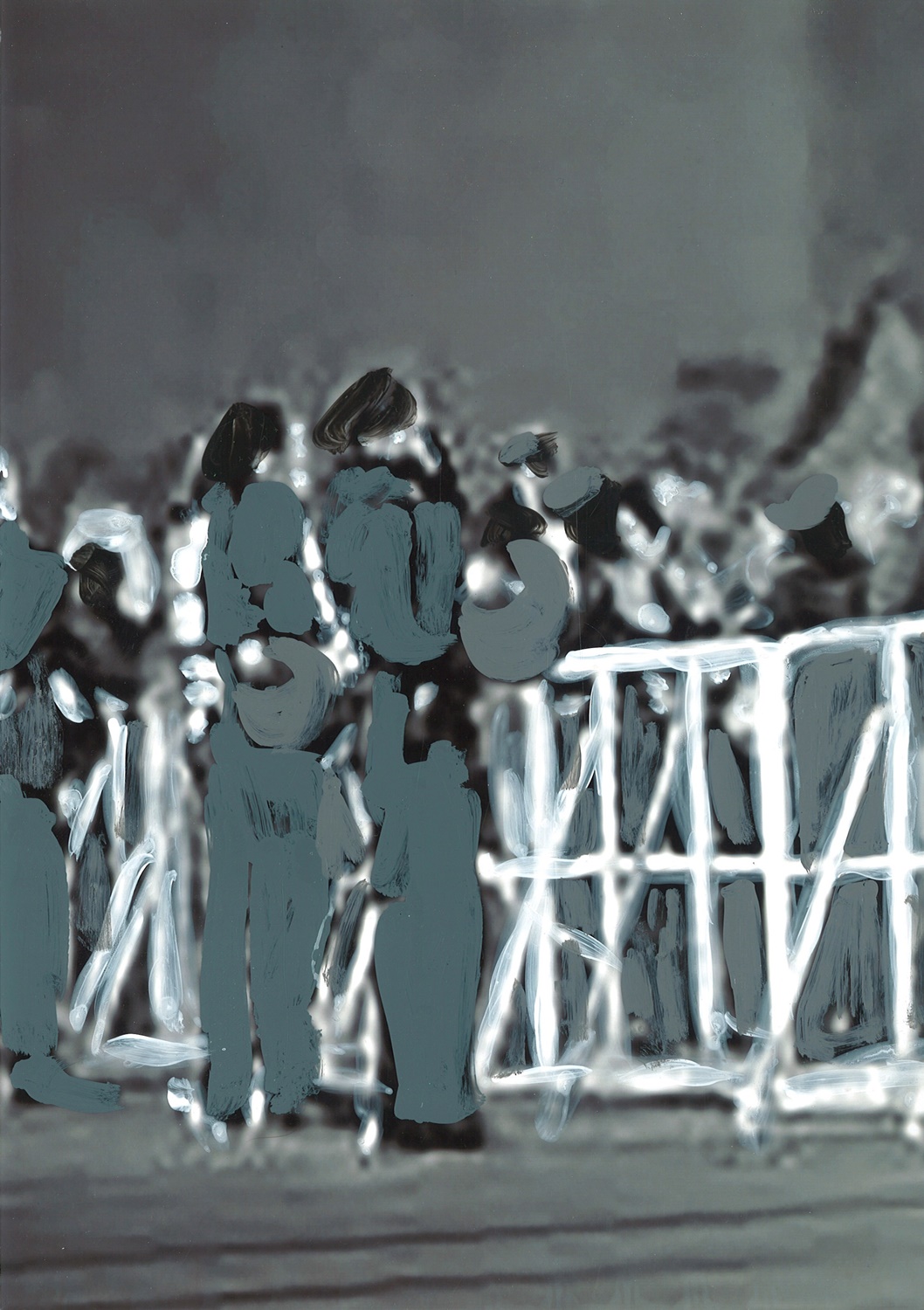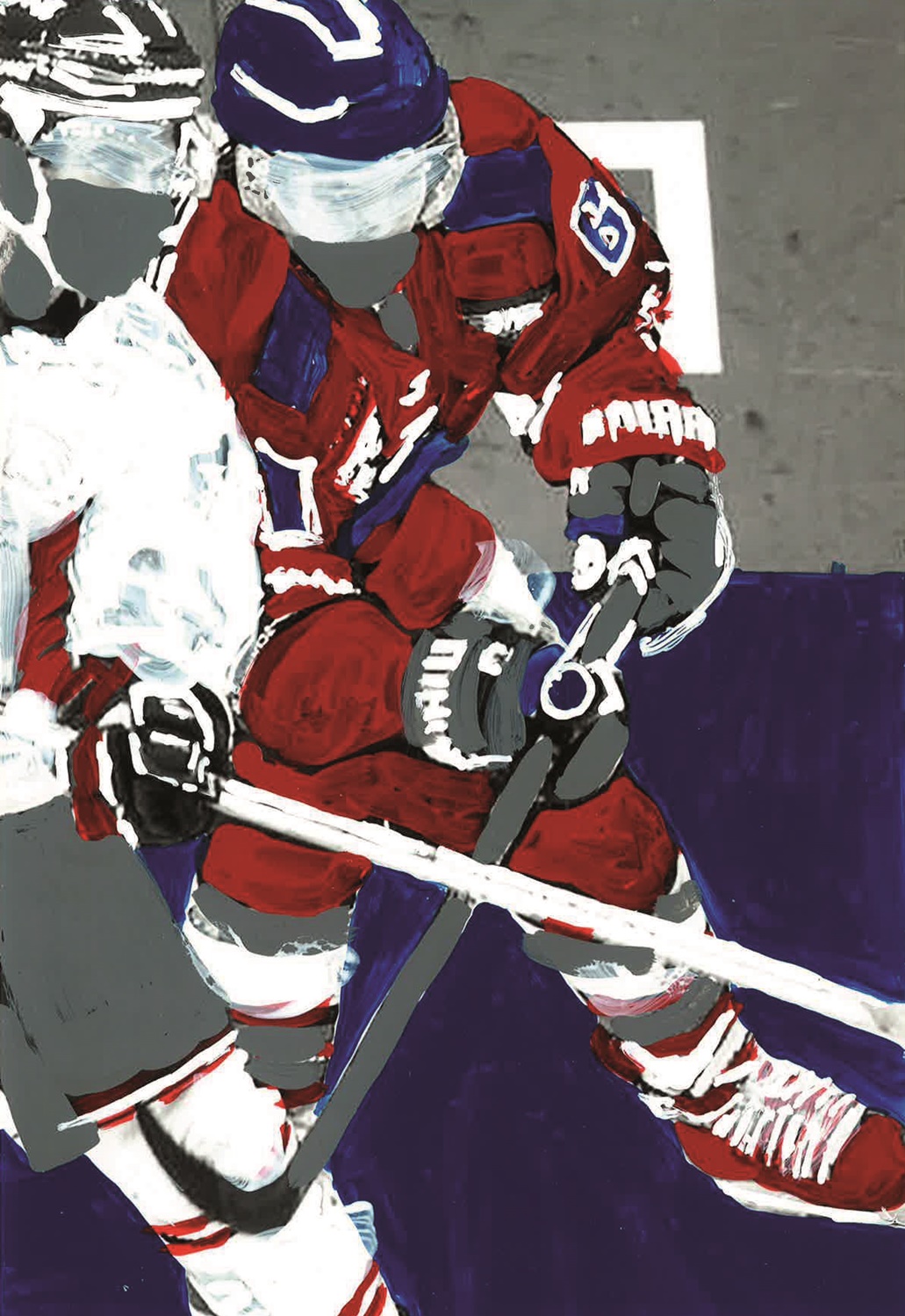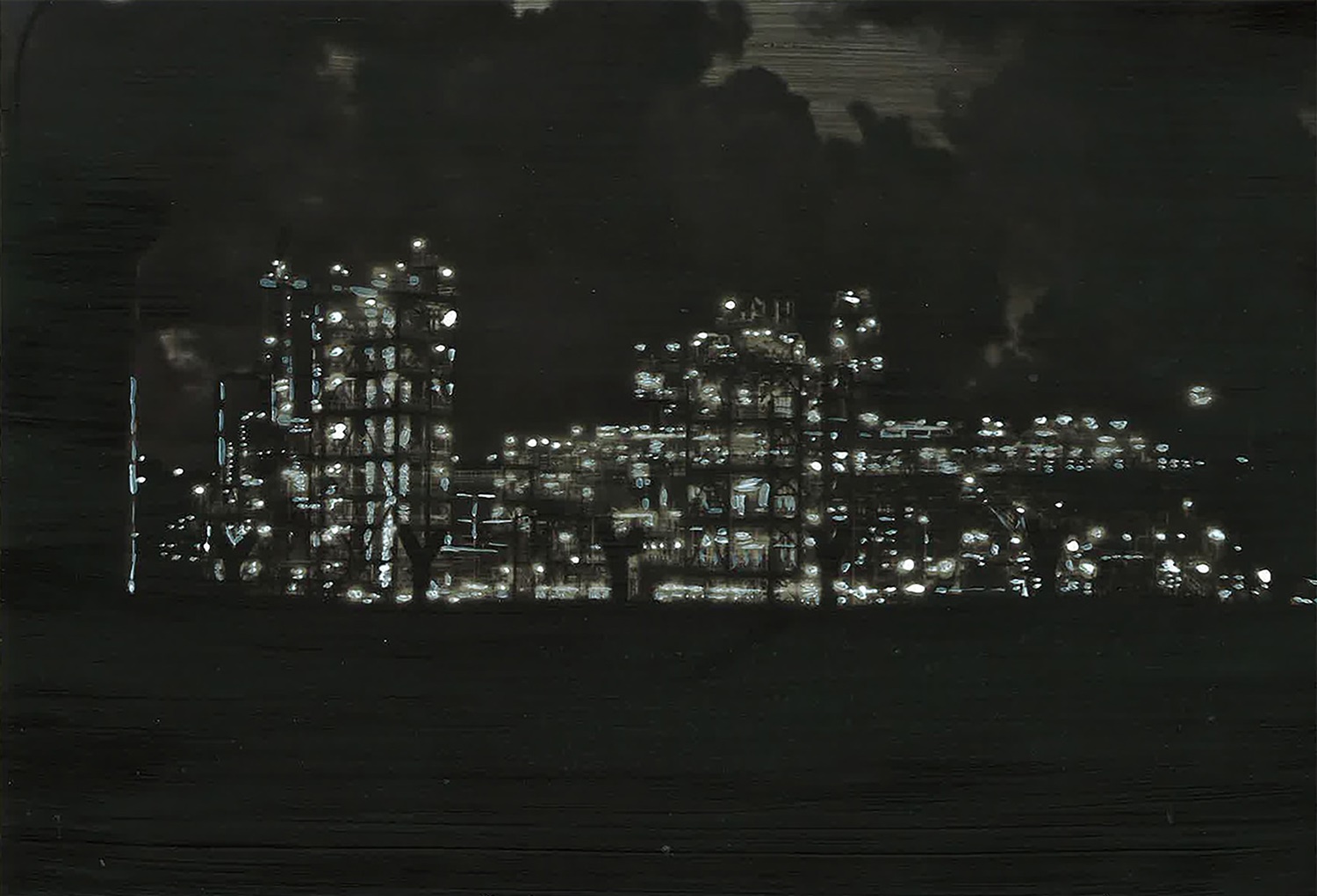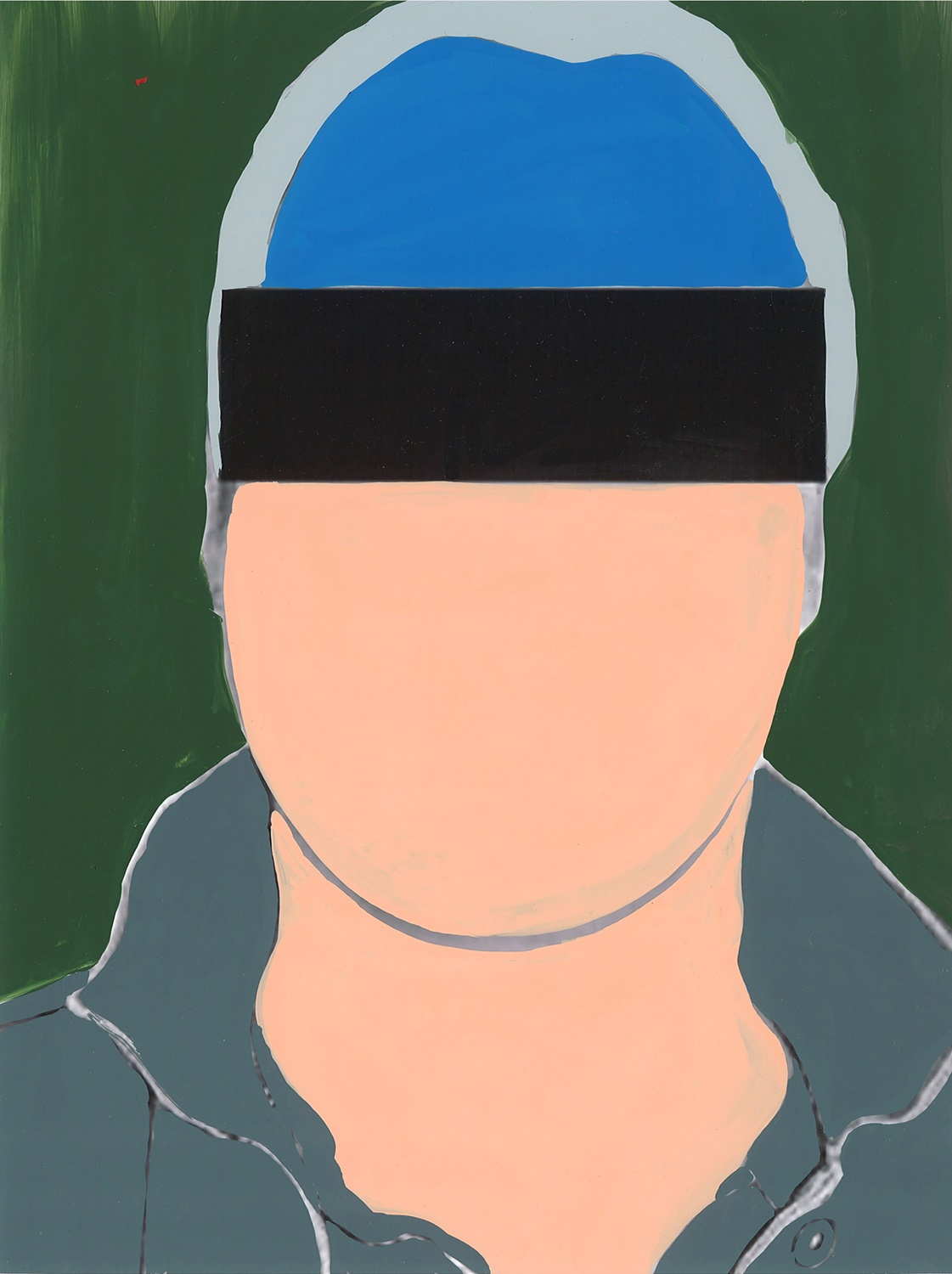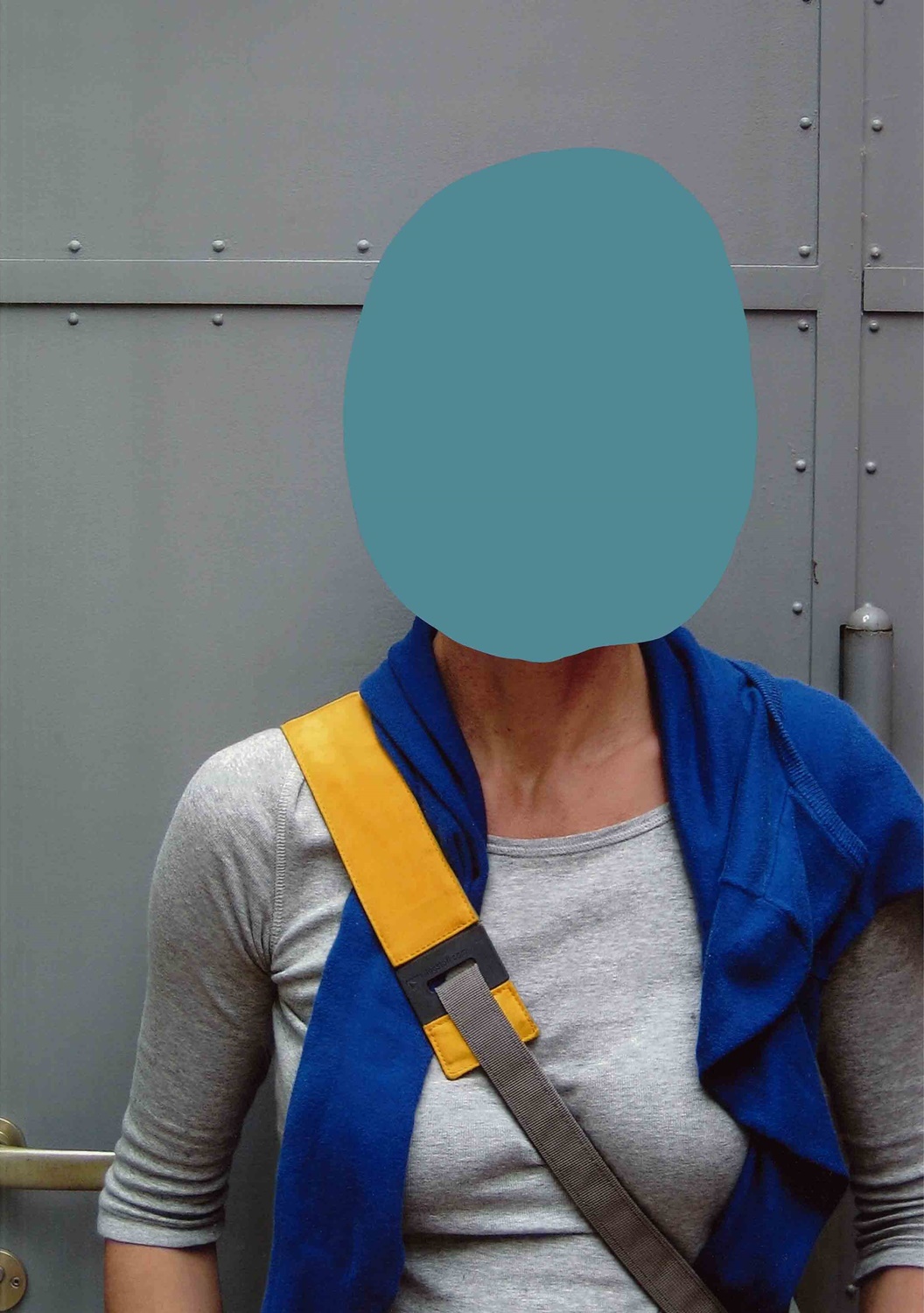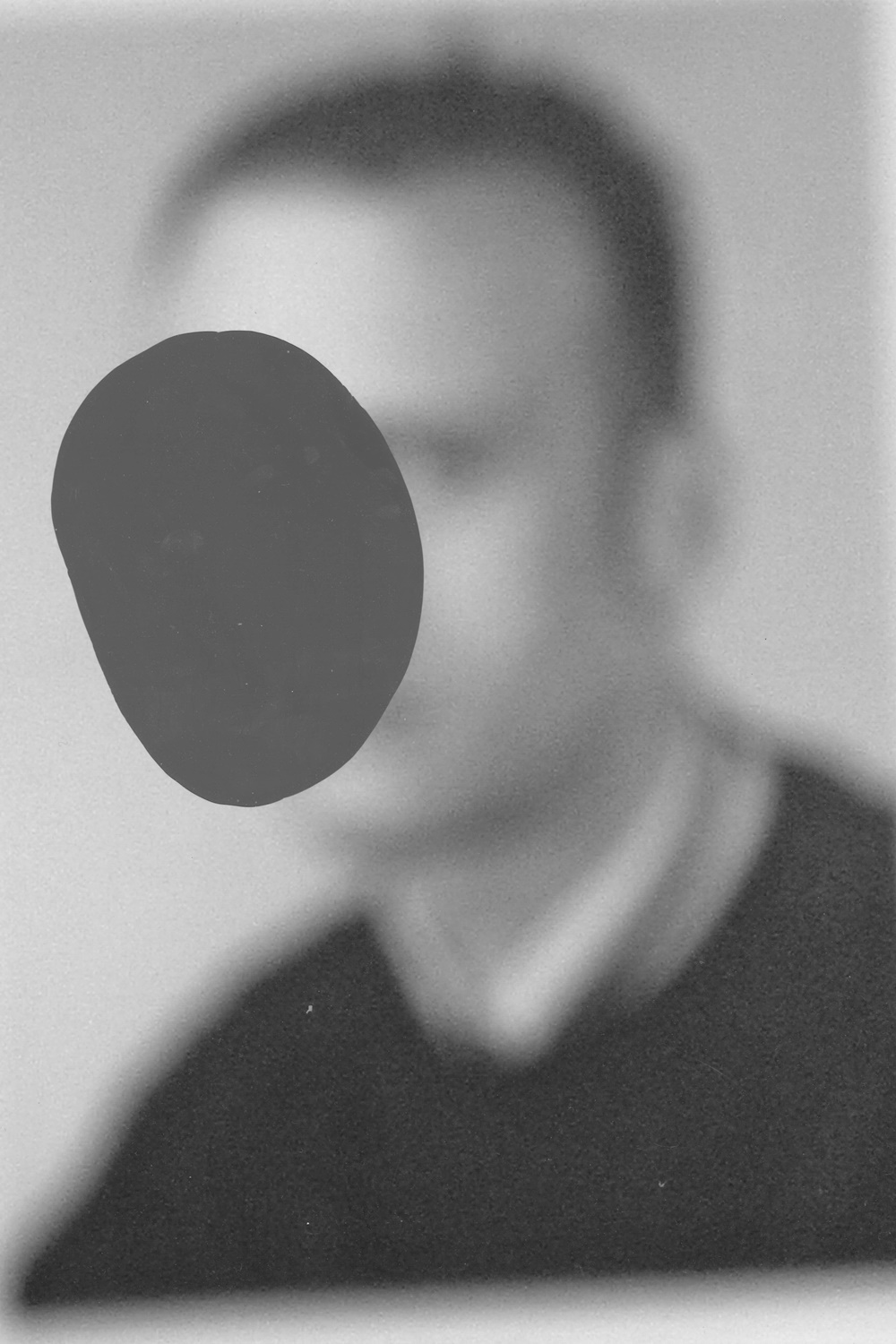P3 1-2/2022 en
Existence and Anonymity
Paper & People
Interview Wilhelm Beestermoeller
The last few months or years have not been easy times - especially not for artists who suddenly found themselves confronted with canceled events, closed museums and galleries, postponed projects and - not infrequently - downright existential questions. The artist Wilhelm Beestermoeller, who lives and works in Berlin, also had this experience. “I had already thought,” he writes, since it takes me longer than planned to work out the questions, “that this project will not be realized either - like unfortunately so many things in the past two years, which has been disappointingly so.” But then it works; while a heavy storm is sweeping through the empty streets of Berlin, I get the document I was hoping for, directly from the living and working room on Wiener Strasse, so to speak “from the eye of the hurricane” - a document, in which Wilhelm Beestermoeller tries to answer the questions asked “in a way that my artistic intention is as transparent as possible.” The task is made even more difficult by the fact that the selection of images, giving limited space, cannot even begin to do justice to the extensive oeuvre. The artist's website is therefore warmly recommended to the reader.
Hamburg Harbour / TippEx on C-Print, 70 cm x 100 cm.
Mr. Beestermoeller, let's start at the beginning: What was your professional career and how did you get to where you are today?
After my studies and my training in Münster there was no direct path, but I don't think there is any as an artist anyway. After successes, setbacks and constant doubts, you find your very individual niche, combined with the conviction that you are doing the right thing.
What does your workplace look like and what materials and techniques do you prefer to work with?
There is no separate studio, the connection between living and working is important to me. Consciously or unconsciously, I am constantly dealing with my work that way.
Photo retouching and printing techniques have been my favorite techniques for many years. I'm trying to further develop my form of expression. A restriction in terms of subject, technique and form of expression is out of the question for me.
“I often fall back on blocks of work years later – even if they already seemed complete.”
Wilhelm Beestermoeller
Photography, painting, architecture, collage: Looking at the works shown on your website, the first thing that catches your eye is the variety. Do you have a preferred starting point? What drives you to create a new work?
Certain themes have emerged in the course of my artistic development. These can be situations that play a role in society in general, but also have their origin in my individual reality. What is important here are terms that are not really tangible, such as concentration, narrowing, solution, existence and anonymity.
Basically, I work in blocks, both in time and as a result. Very productive work phases, in which I discuss “picture ideas” completely in painting/drawing, end in a total emptiness. I often fall back on blocks of work years later – even if they already seemed complete.
Where do you draw creative energy from and how do you charge the “battery”?
In order to fill this emptiness, I try to get as many impressions as possible - museums, people, the city, but also the beneficial experience in nature - but actually I just need time to find a way how it could go on.
Looking at your portraits: How important is identity for your work?
Apart from the purely aesthetic appeal, which is represented by the contrast between the photo and the monochrome, organically formed color surface, the idea of ??what constitutes the individual personality plays a major role. What was important to me about the initial series was that it was all about people in my immediate environment. Later it became portraits from the internet that claim a certain presence in our social and political discourse.
The list of your exhibitions is long. Is feedback from viewers or friends one of the things that you allow yourself to get close to, or do you, as an artist, feel obliged to an “inner compulsion” that cannot be influenced?
After long periods of work, I often lose the distance to my work, then discussions are important to me in order to find access again and to check myself: whether the context works, whether I intervened too little or too much and whether there is something understandable in the approach. However, fundamental decisions are not affected by this.
Exhibitions in which the pictures claim a different presence outside of the studio, combined with the question of whether they can assert themselves in the situation both in the room and with the viewer, are very important. The effect in more private environments such as offices or even more so in apartments is also exciting.
“The time of the pandemic meant I had to reconsider my existence as an artist.”
Wilhelm Beestermoeller
The last few years have not been easy and have certainly damaged art in particular. Events could not take place, museums and galleries were closed or the number of visitors was limited, exhibitions were canceled or could not be financed at all. So far, there can be no question of relaxation or even recovery. How did you experience the pandemic and what consequences do you think it will have, especially in the art scene?
The time of the pandemic meant I had to reconsider my existence as an artist. In view of the failure of all exhibitions and all planned projects, the question of a reorientation and questioning of the entire existential situation arose. During this time I have combined some of my work into pure picture books in which I deal with our social reality and my own state of mind.
In your opinion, do artists today (still) have an obligation to make a political and social statement?
I wouldn't assume an obligation - for a long time I tried very consciously to ignore the aspect, but I have hardly been able to escape it for several years - but this only became clear to me in retrospect. I wanted to avoid intellectual advance work as much as possible, as I felt it was more of a restriction. The refusal, however, also includes a political aspect.
Football can be identified as a focus of your work. Sporting passion or artistic interest?
The first works on this topic were created in the early eighties. On painting tracks (approx. 1.50 m x approx. 10 m) I made ice hockey the subject. The sporting aspect interests me less than the choreography in the super-fast change in connection with the strictly graphic elements of the playing field, the striking colors in connection with typographic elements on the jersey, perimeter and banners. In contrast to that phase, today I work exclusively with manipulated photo templates.
You can show series of pictures in acrylic for both BVB and Schalke 04. The first thought: You don't do something like that. Did you want to provoke or deliberately combine opposites? And: When is HSV coming?
The majority of these paintings cannot be assigned to a specific club. The decisions to realize a series for certain clubs (St. Pauli, Freiburg, BVB, Schalke, Bayern Munich, Union Berlin and also HSV) are simply due to the preferences of a part of my circle of friends.
Finally, a question that I like to ask: What is the name of Schlossallee in your personal Monopoly?
The Pannierstrasse – I love schnitzel!
Mr. Beestermoeller, thank you very much for the interview!






